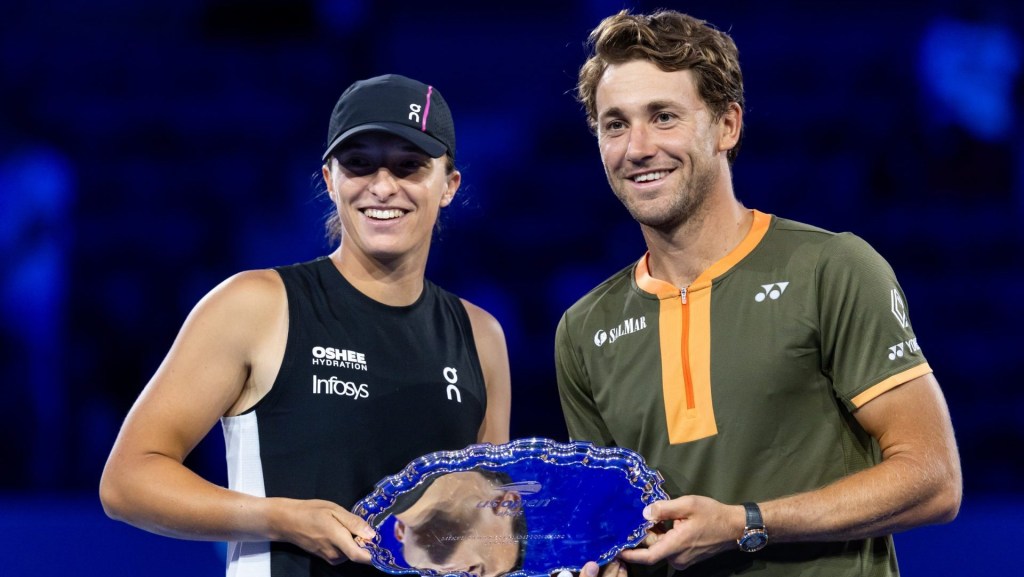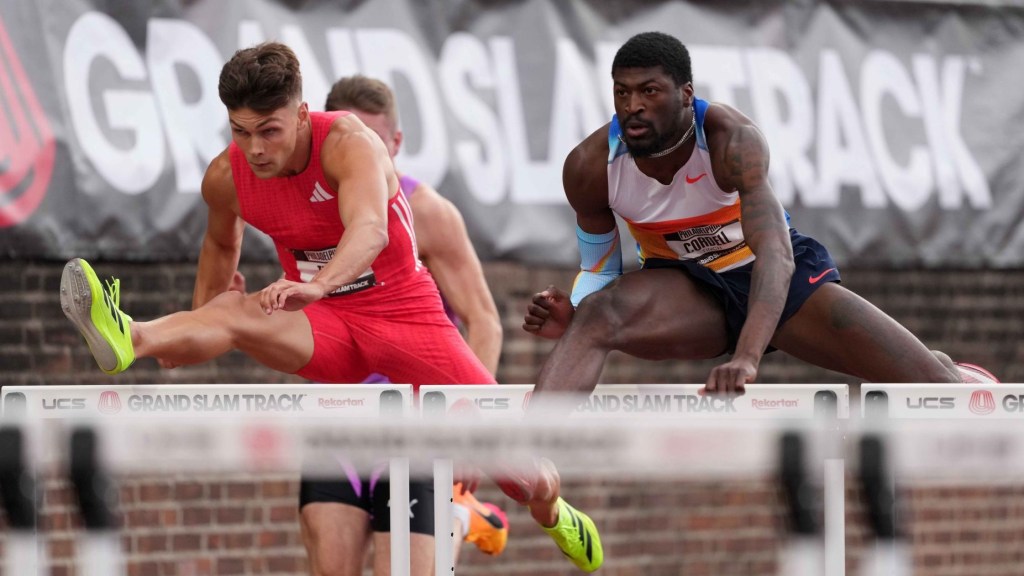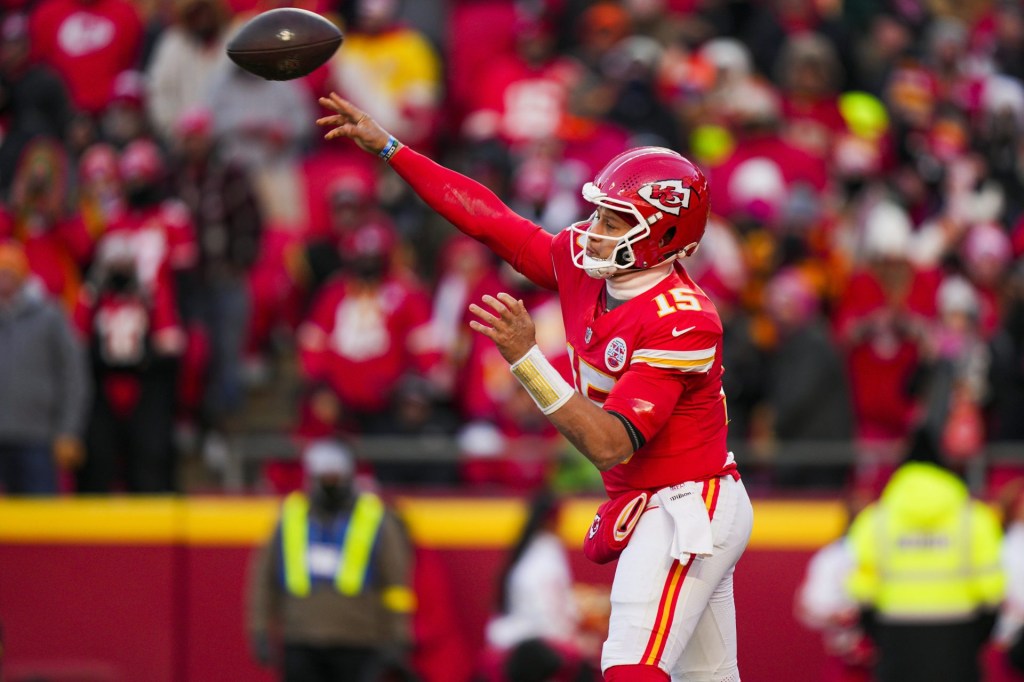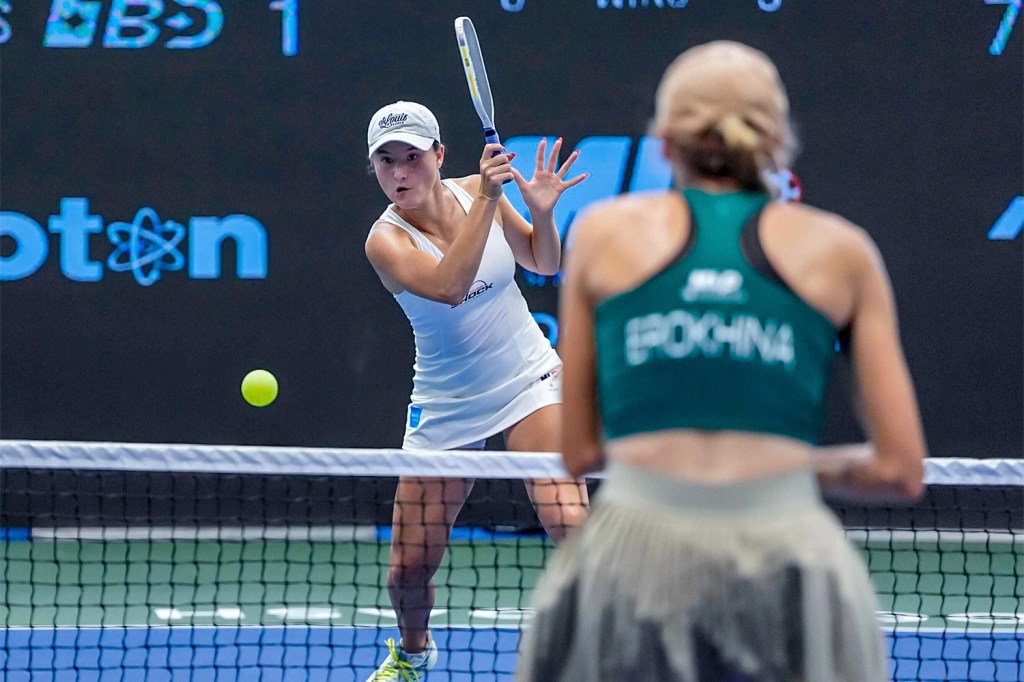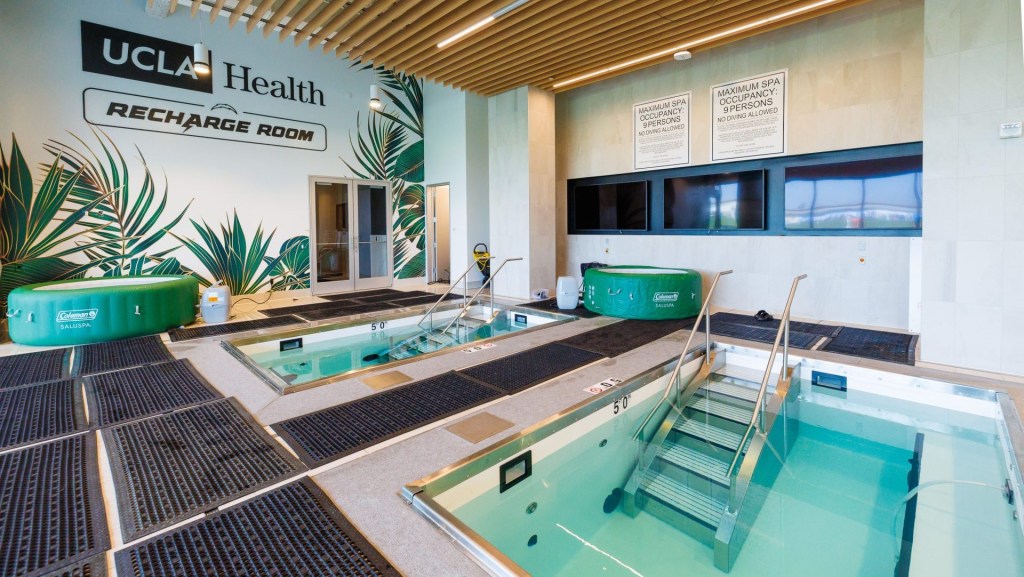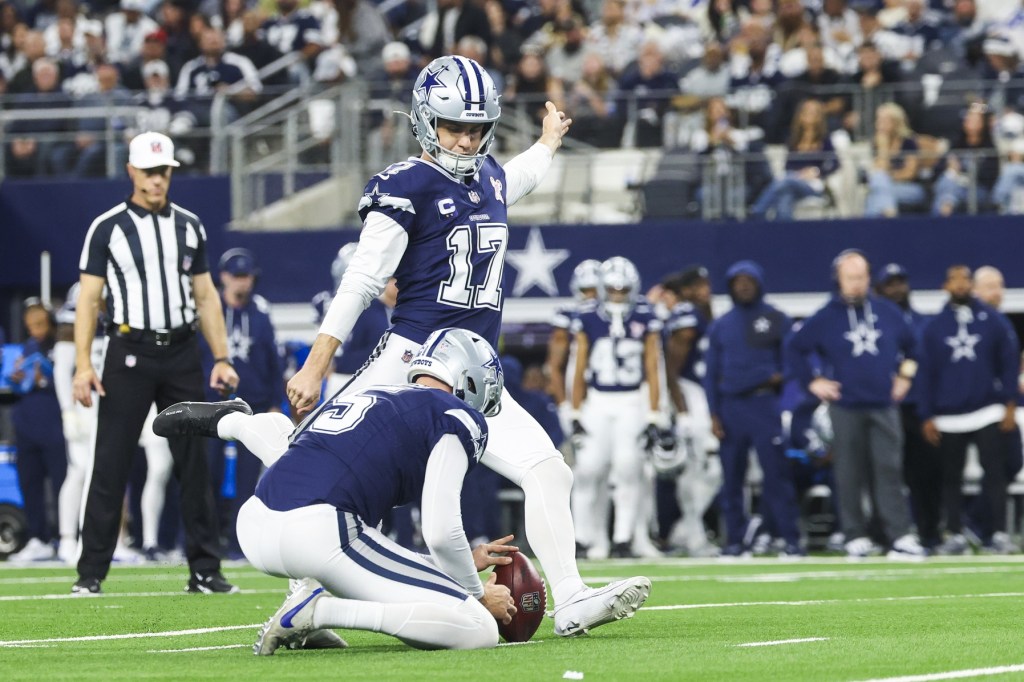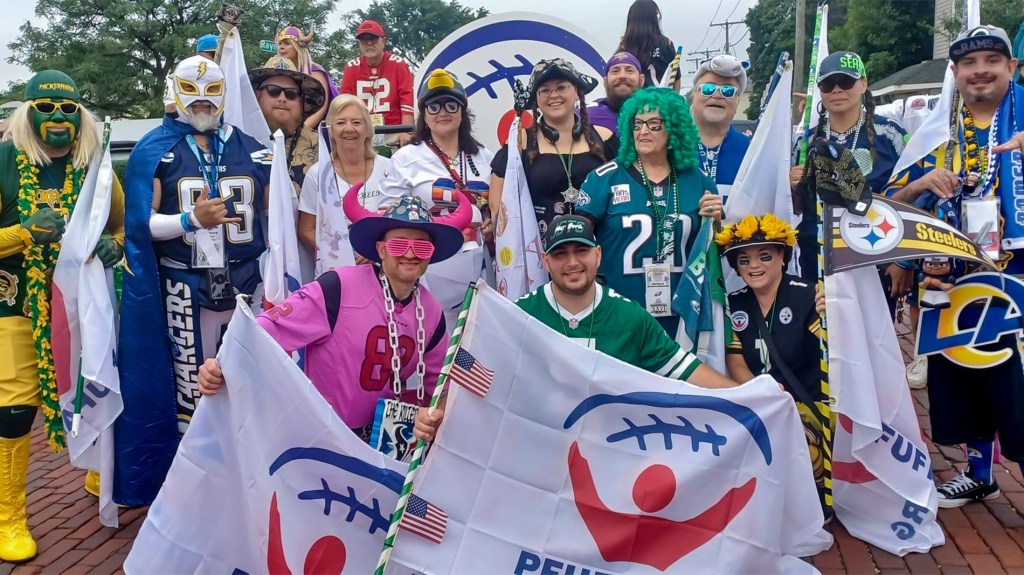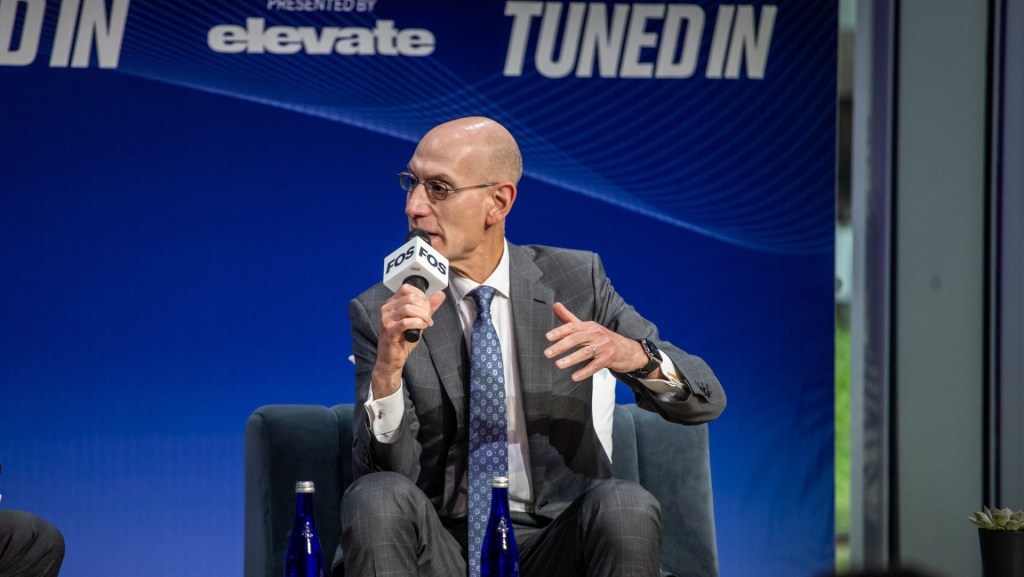The 2025 WNBA season is the last for the league under the current collective bargaining agreement.
The players opted out in October 2024 after the WNBA, NBA, and several networks agreed to 11-year, $77 billion media-rights deals. The $2.2 billion earmarked for the WNBA over the life of the deal—more than $200 million per year—is more than three times what the league currently earns in media-rights revenue, implying that salaries could be tripled or more.
In anticipation of the new deal—which starts next season—most veteran players structured their contracts to make sure they would become free agents this fall. More than 80% of current players are set to become unrestricted free agents after the 2025 season.
The CBA uncertainty has created a nearly unprecedented challenge for the league’s 13 teams, most of whom had to build teams for 2025 without much clarity on what they would look like in 2026.
Front Office Sports spoke with 10 of the 13 teams to find out.
The teams broadly fall into three categories: a quartet of teams with legitimate championship aspirations, six teams trying to establish a culture and continuity, and three in some state of rebuilding.
Win Now: Liberty, Lynx, Fever, and Aces
These four teams are clearly a cut above the rest of the league. They have realistic title hopes and strong cores; three of them are built around stars who will be free agents and would devastate their teams by leaving.
“I actually don’t think it’s going to be as chaotic as maybe some would like it to be,” Minnesota Lynx coach and president of basketball operations Cheryl Reeve told FOS. “If you look at the amount of change that occurred this year, I don’t think a lot of those players made choices to be a one-year story.”
Reeve was talking about some of the biggest splashes of the 2025 free-agency period.
There were a number of unrestricted free agents who were cored—a designation that gives the player’s previous team exclusive negotiating power—and then requested trades to a preferred destination. This could be an indication of their desire to re-sign in 2026. All the new team needs to do is prove it can win.
For the New York Liberty, the three stars anchoring the team’s success are Breanna Stewart, Sabrina Ionescu, and Jonquel Jones. The Lynx unquestionably are being led by MVP candidate Napheesa Collier. For the Indiana Fever, Caitlin Clark—who the team is not at risk of losing to free agency because she will still be on her rookie scale contract—is at the center of the franchise’s championship future. Three-time MVP A’ja Wilson is the Las Vegas Aces’ key to maintaining their status as a title contender.
For the Liberty, Lynx, and Aces, their stars will all be unrestricted free agents after the Finals. By this standard, the Fever are in the best position heading into 2026. Not only will they have Clark under contract, but 2023 Rookie of the Year Aliyah Boston will be on the final season of her rookie scale contract.
“It’s about focusing on what we can control,” Liberty GM Jonathan Kolb said. “We’re continuing to focus on making this a player-first organization. We want to partner with our players.”
The Liberty’s reputation among players around the league is they are one of the best franchises when it comes to off-court spending. The Aces are another league-leading franchise when it comes to aggressive investment. Both franchises are betting they will be able to keep stars and attract others because of the player-first culture they have adopted.
By 2026, 10 of the current 13 WNBA teams will have dedicated practice facilities. With more teams keeping up with the facilities arm race, proven success will be another key to attracting the top free agents.
“We believe iron sharpens iron here,” Aces president Nikki Fargas told FOS. “Most of our players have that championship blood in them. So they understand when you come and you play here for the Las Vegas Aces and Becky Hammon and staff, we’re here to compete and win world championships.”
Fever GM Amber Cox was not made available for this story.
Establishing Continuity: Mercury, Storm, Sky, Wings, Sparks, Dream
“I don’t think there’s ever been anything like this in any other professional sport,” Phoenix Mercury GM Nick U’Ren said of the over 100 players in the WNBA set to become unrestricted free agents in 2026.
U’Ren spent nine years in basketball operations with the Golden State Warriors, working under former GM Bob Myers and coach Steve Kerr. He’s taken an aggressive approach to his role with the Mercury since being hired in 2023.
When Reeve talks about players making intentional moves in free agency this year, U’Ren’s Phoenix team is Exhibit A.
He traded for forwards Satou Sabally and Alyssa Thomas to play alongside two-way wing Kahleah Copper. Both Sabally and Thomas requested trades after being cored by the Connecticut Sun and Dallas Wings, respectively. Both players steered their way to Phoenix, supporting the idea they’d want to be there in 2026.
Similar to Phoenix, the Seattle Storm, Chicago Sky, Dallas Wings, Los Angeles Sparks and Atlanta Dream all made moves that should improve their teams, even if a 2025 title is far-fetched.
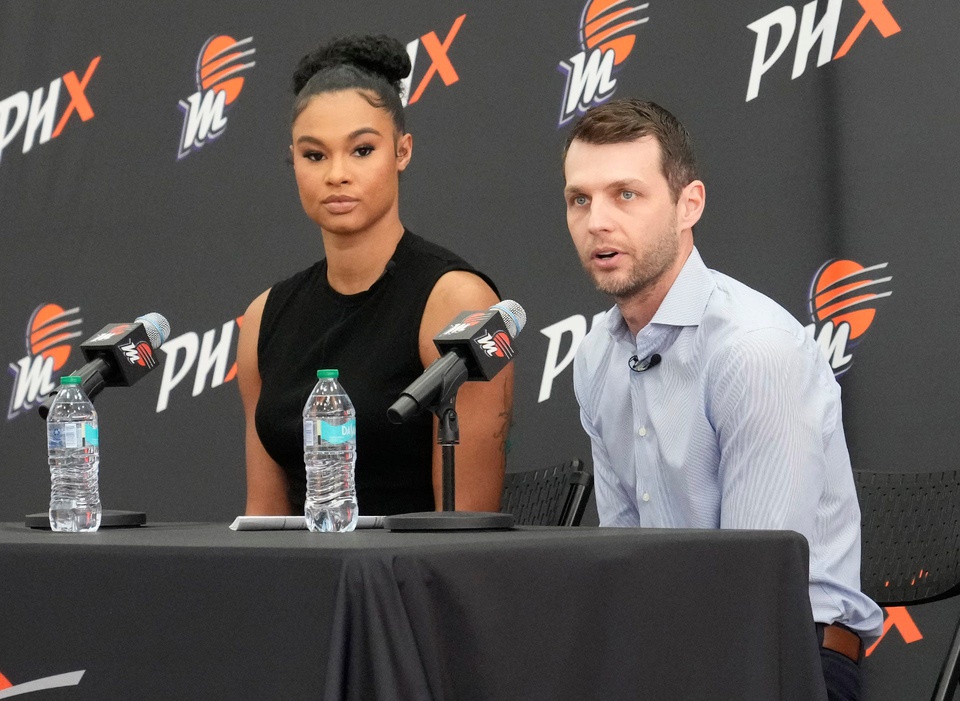
The Sparks finished dead last in the league in 2024 with an 8–32 record, but there were some mitigating circumstances with Cameron Brink tearing her ACL. The Sparks, though, are not content to stay young and patient: They traded for Kelsey Plum. She is another player who requested a trade after being cored by the Aces, signaling her commitment to the Sparks might extend beyond 2025.
The Storm acquired the No. 2 overall pick from the Sparks in the three-team trade that sent Plum to Los Angeles and Jewell Loyd to the Aces. They selected Dominique Malonga to develop alongside MVP forward Nneka Ogwumike. The Sky, who missed the playoffs last season for the first time since 2018, brought back two-time WNBA champion Courtney Vandersloot and bolstered their backcourt to supplement their young frontcourt of Angel Reese and Kamilla Cardoso. The Dream signed an All-Star and championship-winning trio in Brittney Griner, Brionna Jones, and Shatori Walker-Kimbrough.
Plum, Ogwumike, Vandersloot, and the Atlanta trio will all be free agents after the season.
Dallas has the most room to breathe out of any team in this group, considering No. 1 overall draft pick Paige Bueckers comes with a four-year rookie-scale contract. The franchise has had a reputation of driving players away, evidenced by Sabally’s trade request, but it is hoping to change that perception with the development of a $54 million practice facility that will accompany $200 million renovations to the Dallas Memorial Auditorium, its new arena in 2026.
“No one enjoys change,” Wings GM Curt Miller said. “If you have a good experience and you come off a successful 2025 season, you feel valued with your role and holistically you’re going to see loyalty around the league. I also believe that with this many free agents, players will look at roles and if there is an opportunity to have an increased role.”
Storm GM Talisa Rhea and Sparks GM Raegan Pebley both declined interviews.
(Re)Building: Mystics, Sun, Valkyries
The remaining three teams are in a state of rebuild in 2025, or just flat-out building in the case of the Valkyries, who are entering the WNBA as the first expansion team since the Dream were added in 2008. Usually rebuilding is the ultimate job security in sports, but these three franchises have an unusual amount of pressure on them—they have to show the massive class of free agents why they should come to their teams.
The Valkyries need to create an identity, while the Sun and Washington Mystics need to refashion theirs.
“For me, I’m just trying to prepare enough for the future where we’re not having an entire rebuild of our team,” Sun GM Morgan Tuck said. The Sun have been to six straight semifinals, but every starter from last year wanted out. Now the owners are reportedly looking into selling the team.
Mystics ownership opted to fire GM Mike Thibault, who retired from coaching in 2022 with the most wins in WNBA history, and coach Eric Thibault following the team’s 14–26 finish last year. They hired a first-year coach and GM in Sydney Johnson and Jamila Wideman. Their inexperience combined with a young roster is an indication that this team is mostly planning to build through the draft. (They had three of the top six picks this spring.)
In 2026 the WNBA will jump to 15 teams, and the expansion draft for the unnamed Portland team and the Toronto Tempo adds a level of uncertainty for every GM in the league. Last year, the league made every team protect up to six players before Golden State’s expansion draft. Even more players will have to be unprotected for the Portland/Toronto expansion draft. Another wrinkle there is that the league will likely need to agree to a new CBA with players before setting up an expansion draft.
“You have to embrace the unknown,” Valkyries GM Ohemaa Nyanin told FOS. “We’ve internally talked through what we would characterize as the most punitive way to do an expansion draft versus one that seems more equitable and everything in between.”
“This is part of the job and part of the growth. As a group I think I can say we have been looking forward to creating a WNBA that is better than what we came into.”

